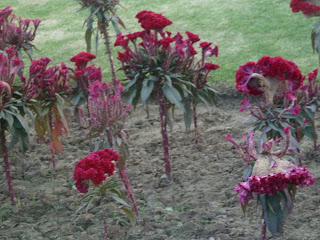In communist China, the gov't used to own pretty much everything. This made reform paradoxically easy.... They could knock down, rebuild and sell just about anything they wanted to.
Not so in India, which has to be bothered by such things as private property and elections. This has slowed down reform in India, where terrible (or nonexistent) electricity and water supply lines are covered by homes and businesses that can not be moved. When I was in China and would hear this story, I often felt that it would make sense in India to build whole new cities on uninhabited land, getting the infrastructure right.
When I arrived in India, this is exactly what I observed being promoted at an advertising booth in a local mall. One group was to introduce a full city built out of nothing- Lavasa. I never visited Lavasa (which is right near Pune, so I guess I could have), but the pics look nice.
When I asked folks about Lavasa, the response was that it was primarily a vacation spot for rich gov't officials. I didn't know what to make of that comment, as many Indians I met aren't yet fully comfortable with a wealthy class pulling ahead of the poor.... As one guy put it, it is a "crab" like mentality, if one crab is crawling out, the others all pull him back.
It would be interesting to see how Lavasa turns out....













































